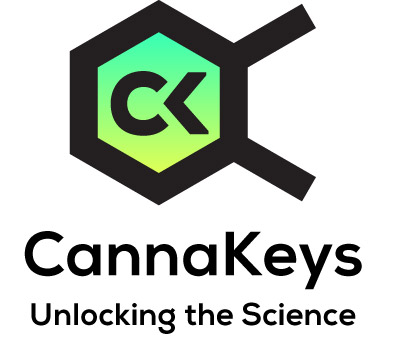SR-x Synthetic Cannabinoids Research Dashboard
What am I missing as a non-subscriber?
To see a full dashboard with study details and filtering, go to our DEMO page.
As a subscriber, you will be able to access dashboard insights including chemotype overviews and dosing summaries for medical conditions and organ system and receptor breakdowns for cannabinoid and terpene searches. Study lists present important guidance including dosing and chemotype information with the ability to drill down to the published material. And all outputs are fully filterable, to help find just the information you need. Stay up-to-date with the science of cannabis and the endocannabinoid system with CannaKeys.
CannaKeys has 233 studies associated with SR-x Synthetic Cannabinoids.
Here is a small sampling of SR-x Synthetic Cannabinoids studies by title:
- Rimonabant for prevention of cardiovascular events (CRESCENDO): a randomised, multicentre, placebo-controlled trial
- Role of the cannabinoid CB1 receptor in methamphetamine-induced social and recognition memory impairment
- Cannabidiol in the context of substance use disorder treatment: A systematic review
- Cannabigerol (CBG) attenuates mechanical hypersensitivity elicited by chemotherapy-induced peripheral neuropathy
- Potential Implications of Rimonabant on Age-Related Oxidative Stress and Inflammation
Components of the SR-x Synthetic Cannabinoids Research Dashboard
- Top medical conditions associated with SR-x Synthetic Cannabinoids
- Proven effects in clinical trials for SR-x Synthetic Cannabinoids
- Receptors associated with SR-x Synthetic Cannabinoids
- Individual study details for SR-x Synthetic Cannabinoids
Ready to become a subscriber? Go to our PRICING page.
Page Quick Links
Select New Cannabinoid
Overview - SR-x Synthetic Cannabinoids
Description of SR-x Synthetic Cannabinoids
Rimbonant was first described marketed by Sanofi as a drug to combat obesity. Also known as SR-141716A the compound is an orally active selective antagonist at CB1 receptor sites. Rimonabant was sold as an effective weight loss drug in Europe until adverse effects (e.g., depression and suicidal tendencies) forced their makers to pull the drug from the market. It is extensively used to research the function of the endocannabinoid system (ECS).
Here we focus on SR-141716A.
Another members of of note is SR144528, a full antagonist at CB2 (M. Rinaldi-Carmona et al., 1998).
Other Names:
SR Family Synthetic CannabinoidsRimonabant, SR 141716, SR141716A, SR-141716A (plus other supplier-based synonyms)
IUPAC Name: 5-(4-chlorophenyl)-1-(2,4-dichlorophenyl)-4-methyl-N-piperidin-1-ylpyrazole-3-carboxamide
Molecular Formula: C22H21Cl3N4O
Source–PubChem
SR-x Synthetic Cannabinoids Properties and Effects
Only Members can view Properties and Effects information. See DEMO page.
SR-x Synthetic Cannabinoids Receptor Binding
Only Members can view Receptor Binding information. See DEMO page.
Disclaimer
Information on this site is provided for informational purposes only and is not meant to substitute for the advice provided by your own licensed physician or other medical professional. You
should not use the information contained herein for diagnosing or treating a health problem or disease. If using a product, you should read carefully all product packaging. If you have or suspect that you have a
medical problem, promptly contact your health care provider.
Information on this site is based on scientific studies (human, animal, or in vitro), clinical experience, or traditional usage as cited in each article. The results reported may not necessarily occur in all individuals. For many of the conditions discussed, treatment with prescription or over-the-counter medication is also available. Consult your physician, nutritionally oriented health care practitioner, and/or pharmacist for any health problem and before using any supplements or before making any changes in prescribed medications.

